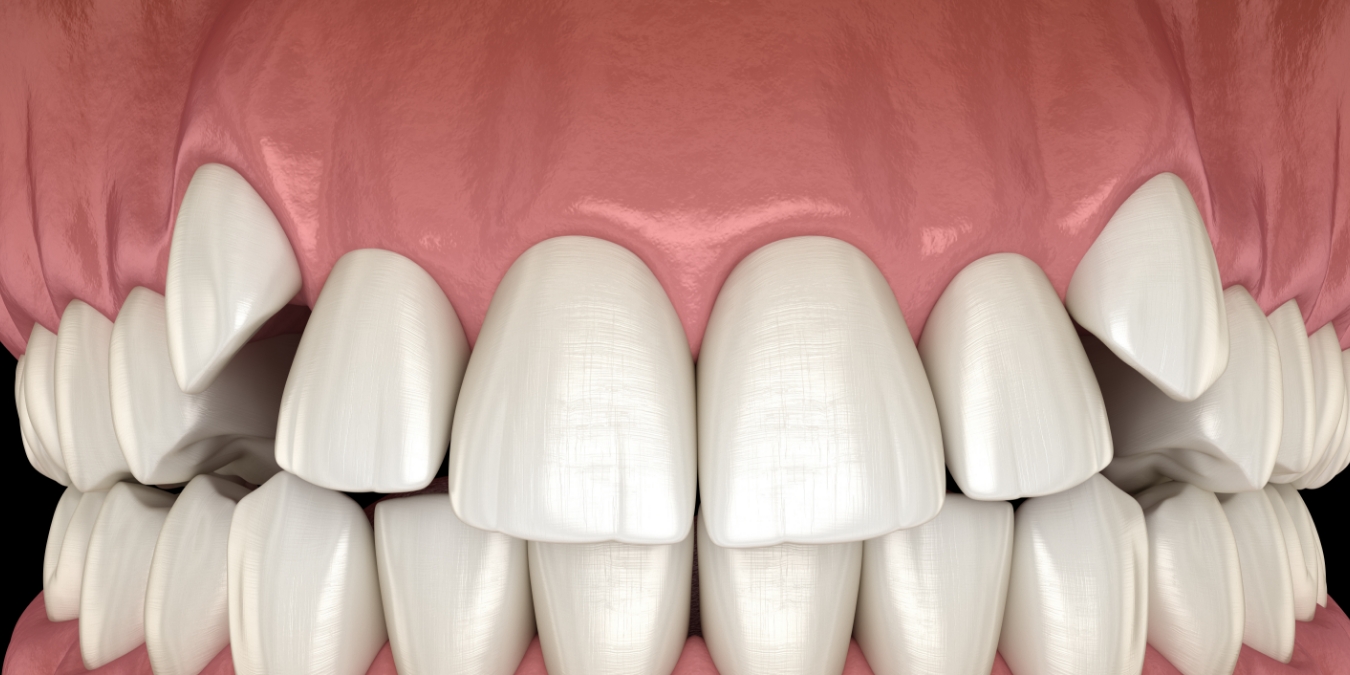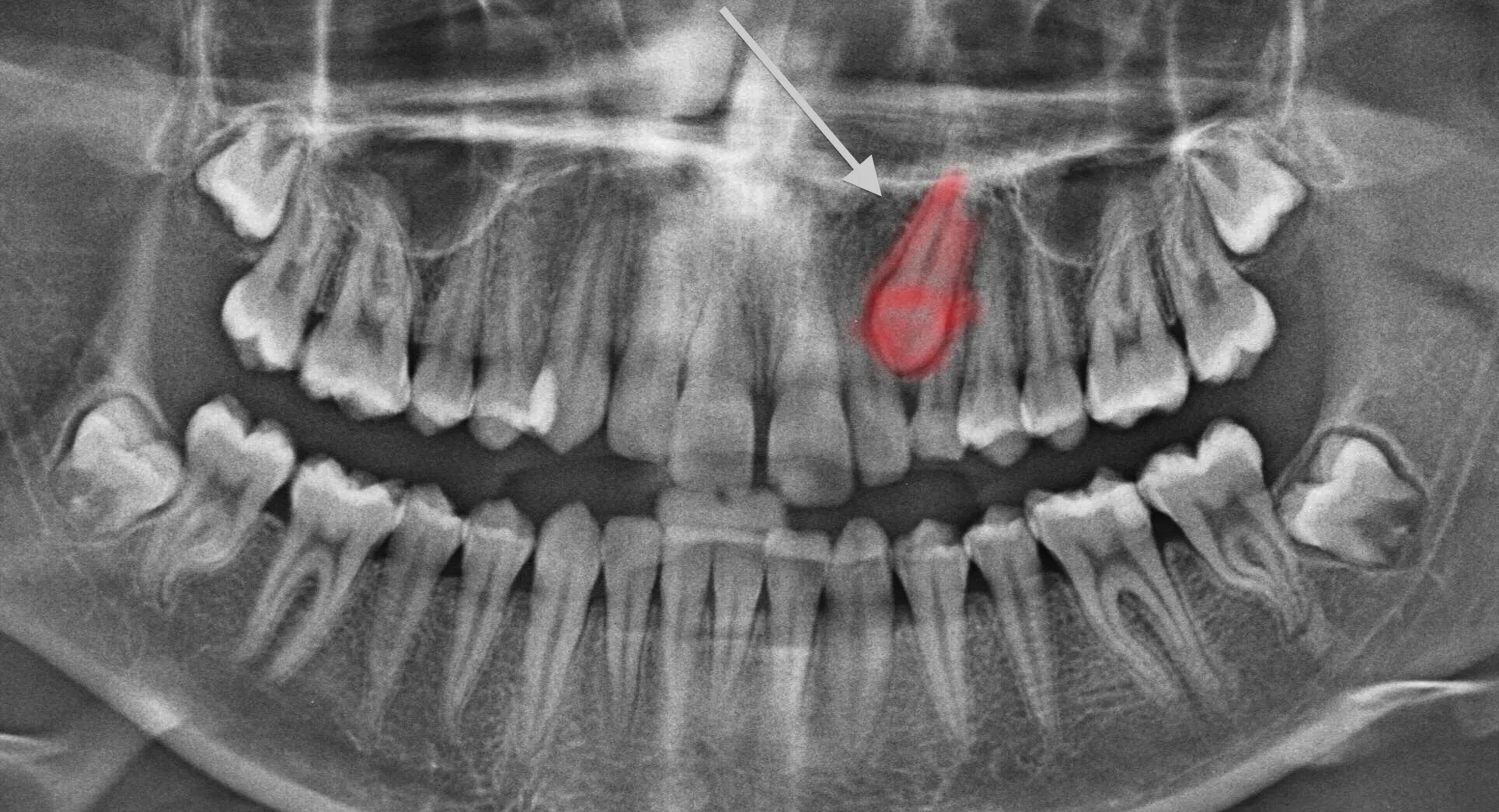What Is an Impacted Canine?
An impacted tooth is one that is stuck and cannot erupt into its proper position. While wisdom teeth are the most commonly impacted, the maxillary cuspid (upper canine or eyetooth) is the second most common tooth to become impacted.
Canine teeth play a crucial role in your bite. They have the longest roots of any teeth and help guide your bite into proper alignment. When these teeth fail to erupt, they can affect oral function, dental alignment, and aesthetics, requiring orthodontic and surgical treatment.
Why Do Canines Become Impacted?
Canine teeth typically erupt around age 13, helping close gaps in the upper front teeth. If they don’t erupt on time, it could be due to:
- Lack of space in the jaw
- Crowding from other teeth
- Extra teeth (supernumerary teeth) blocking their path
- Unusual growth patterns or genetic factors
The older the patient, the harder it is for impacted canines to erupt naturally. By age 11-12, early intervention can help the tooth erupt naturally. However, by age 14 and older, the chances of spontaneous eruption decrease, and by age 40, the tooth may be fully fused in place, requiring removal.


Early Detection Is Key
The American Association of Orthodontists recommends that all children have a screening X-ray by age 7 to check for:
- Missing or extra teeth
- Crowding or eruption issues
- Obstructions preventing canine eruption
If a problem is detected early, an orthodontist and oral surgeon can work together to create space and guide the tooth into position, preventing the need for extraction or implants later in life.
Step 1: Orthodontic Preparation
- Braces are placed to create space for the impacted tooth.
- If a baby tooth is still present, it may be left in place until the space is ready.
Step 2: Surgical Exposure & Bracketing
- The oral surgeon lifts the gum to expose the impacted tooth.
- A small orthodontic bracket is bonded to the tooth, with a tiny gold chain attached.
- The gum is repositioned, leaving only the chain visible through a small opening.
Step 3: Guided Tooth Eruption
- 1-2 weeks after surgery, the orthodontist attaches a rubber band to gently pull the tooth into place.
- The tooth moves slowly over several months to a year, aligning naturally within the
- dental arch.
If needed, a minor gum procedure may be performed to ensure strong, healthy gum tissue around the tooth.
What If the Tooth Will Not Erupt?
In rare cases, if the canine is fully fused to the bone (ankylosed) and cannot erupt, the best option is to:
- Extract the impacted tooth
- Replace it with a dental implant or bridge
Early intervention reduces the likelihood of extraction, so timely treatment is essential.
What to Expect from Surgery
- Outpatient procedure – Done in the oral surgeon’s office with local anesthesia, nitrous oxide ("laughing gas"), or IV sedation (if preferred).
- Mild discomfort – Usually managed with Tylenol or Advil, with minimal swelling or bruising.
- Soft diet for a few days – Avoid sharp foods like chips or crackers to protect the surgical site.
- Follow-up appointments – Your surgeon will check healing in 7-10 days, and your orthodontist will begin activation within 1-14 days.

The Importance of Early Treatment
Identifying impacted canines early allows for simpler, faster, and more effective treatment. If detected before full impaction, the tooth may erupt naturally, reducing the need for surgery or extractions.